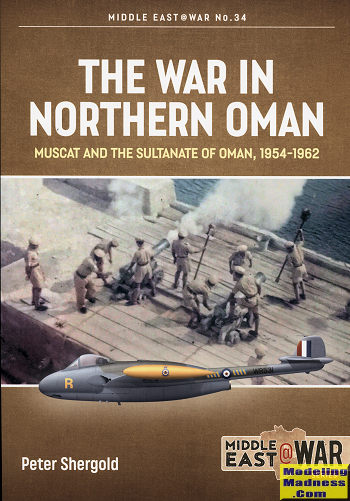 Oman has, for
a fair amount of its history, had tumultuous times. Muscat and the Sultan of
Oman were often warring with various tribes in the region. None of this was
helpful for a nation. Eventually national boundaries were established save for
those in the west, which was the location of the 'empty quarter'. Frankly, the
sultan had little interest in that part of the country and eventually, the
nation was separated culturally into the areas around the coast that brought in
wealth for the sultan, and the inner or more western section that provided
fealty to an Imam. Despite clashes from time to time, this seemed to work out
fairly well for the sultan.
Oman has, for
a fair amount of its history, had tumultuous times. Muscat and the Sultan of
Oman were often warring with various tribes in the region. None of this was
helpful for a nation. Eventually national boundaries were established save for
those in the west, which was the location of the 'empty quarter'. Frankly, the
sultan had little interest in that part of the country and eventually, the
nation was separated culturally into the areas around the coast that brought in
wealth for the sultan, and the inner or more western section that provided
fealty to an Imam. Despite clashes from time to time, this seemed to work out
fairly well for the sultan.
Over the centuries, the sultan was influenced by the
Portuguese, French, and finally the British. It was the British that stopped the
cyclic internal conflicts and basically ran the country. The sultan had the
British running his government and his military. Post WWII, this dependency
increased as it became more important for the sultan to maintain control. This
was brought to a head in the mid-1950s, when the northern part of what was now
Oman decided to rise in opposition to the sultan.
This brought in a considerable force from the British
which included troops and air power. The sultan's soldiers were not well trained
and tended to flee at the first opportunity. However, British military might
eventually brought the area under control, though at a considerable price to the
insurgents and any locals who were unlucky enough to be under the British bombs.
This led the sultan to start a program of taking over areas that were once loyal
to the Imam. The discovery of oil in areas claimed by both Saudi Arabia and Oman
did not help. It led to the Saudis arming and training insurgents using
materials supplied by the US vs the Omanis using material supplied by the
British.
What was the root cause of these internal conflicts was
the rather backwards conditions of the population. There were few good roads,
little to no education, electricity only in the big cities, and no medical
facilities. It was basically a Medieval society and the sultan wanted to keep it
that way. He felt that education was dangerous so while he spent his money on
military infrastructure, the rest of the population was basically left as they
were. It was only with the death of the sultan in 1970 that things really began
to change, as the new sultan realized that it was important to care for the
population.
However, that is getting a bit ahead of things. This
book covers the period of the greatest insurrection in the northern part of the
country that ran from about 1954 to 1962. The author has done a lot of research
into the archives as well as the experiences of those British who were there
during the time. The result is another great edition from Helion on a conflict
the most of the world knows very little. It is an appropriate addition to the
series and is a fascinating read regarding this conflict. As usual with Helion
books, it is one that I can quite easily recommend to you.
September 2021
Copyright ModelingMadness.com. All rights reserved. No
reproduction in part or in whole without express permission.
Review book courtesy of
Casemate Publishing, where you can order your copy
at this
link.
If you would like your product reviewed fairly and
fairly quickly, please
contact
the editor or see other details in the
Note to
Contributors.
 Oman has, for
a fair amount of its history, had tumultuous times. Muscat and the Sultan of
Oman were often warring with various tribes in the region. None of this was
helpful for a nation. Eventually national boundaries were established save for
those in the west, which was the location of the 'empty quarter'. Frankly, the
sultan had little interest in that part of the country and eventually, the
nation was separated culturally into the areas around the coast that brought in
wealth for the sultan, and the inner or more western section that provided
fealty to an Imam. Despite clashes from time to time, this seemed to work out
fairly well for the sultan.
Oman has, for
a fair amount of its history, had tumultuous times. Muscat and the Sultan of
Oman were often warring with various tribes in the region. None of this was
helpful for a nation. Eventually national boundaries were established save for
those in the west, which was the location of the 'empty quarter'. Frankly, the
sultan had little interest in that part of the country and eventually, the
nation was separated culturally into the areas around the coast that brought in
wealth for the sultan, and the inner or more western section that provided
fealty to an Imam. Despite clashes from time to time, this seemed to work out
fairly well for the sultan.